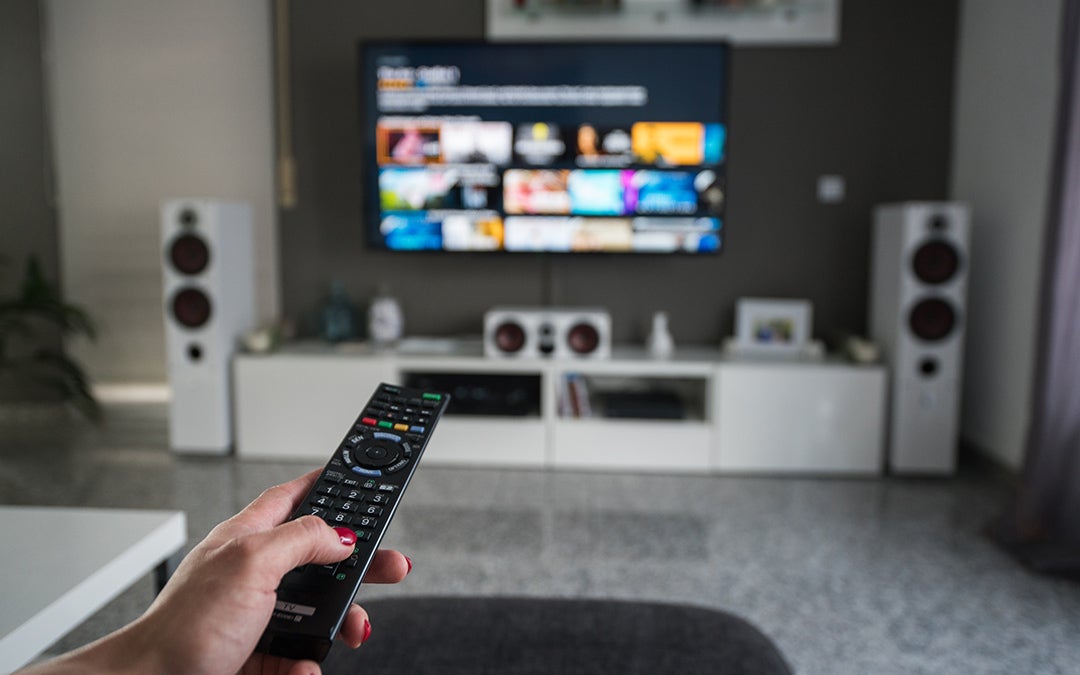
Video streaming providers around the world faced lower video-on-demand (VoD) consumption per service as they aimed to keep up with increased competition and content saturation. In NPAW‘s Video Streaming Industry Report 2021, data shows that VoD consumption for each streaming provider declined by an average of 9% across Asia, Europe, Pacific, Middle East, LATAM, and North America.
Rather than this downward trend representing a loss of interest for VoD content among consumers, it shows the effects of fiercer industry competition and an abundance of content. Established providers and newcomers alike are bidding for the viewers’ attention and experimenting with new monetization models.
Overall, the global streaming industry experienced a further expansion in 2021 as consumers consolidated some of the new behavior patterns that emerged with the pandemic.
Ferran G. Vilaró, CEO and Co-Founder of NPAW, said, “In today’s hyper-competitive market landscape, it is critical for providers to prioritize Quality of Experience and Quality of Service if they want to stay ahead of the game. Access to real-time data and video analytics insights is the key to creating better user journeys, increasing viewer loyalty, and reducing churn.”
“It’s not just about the content for strategy,” said industry expert Dan Rayburn in a webinar to present the report’s key findings. “You can have the best content in the world, but, if your user experience to consume that content is not good, it doesn’t matter.”
Audience Fragmentation, Service Competition Rising
NPAW’s data, measured by the average daily playtime per use in hours, reflects a decline in viewer engagement for each streaming service across most regions. Latin America was the only one that saw a small increase (1%) in daily consumption in 2021, compared to 2020. Meanwhile, average daily consumption per user declined by 12% year-over-year in North America, 15% in the Middle East, 10% in Europe and Asia, and 8% in the Pacific.

All in all, consumers continue stacking up subscriptions, with the average U.S. household using above five different streaming services, which is almost double compared with pre-pandemic numbers.
While the total amount of attention given to VoD content per household is rising, each individual service is getting less of it. Even behemoth Netflix is hiking prices to safeguard revenue growth as it continues to lose subscribers.
So is this trend likely to stay as is? Twenty-six and a half percent of industry executives said that it is likely to continue, whereas 11% said “very likely”; 29.2% said it is “not very likely” or “not at all likely”; and 33.6% were undecided.
Meanwhile, in the second half of 2021, engagement picked up across all regions, signaling that 2022 may have an upward trend for VoD consumption per user since service saturation is becoming less wanted, and consumers might prefer fewer options to choose from. Subscription fatigue isn’t uncommon, as Deloitte predicts 150 million subscription cancellations will occur in 2022.
Because of the huge range of content choices, viewers tend to explore a lot of new content, however, they quickly change to other options when what they settle on doesn’t suit their preferences.
Sports Streaming Soaring at Full Throttle
Staying in line with growing consumption, on the other side of the spectrum, the report predicts that the quality of sports streaming will continue to rise in 2022 as providers put more focus on it.
With live sporting events back at full speed, sports streaming is booming, both from a consumption and video quality standpoint. The report writes, “We expect sports streaming consumption and quality to continue rising in 2022 as providers put a greater focus on this type of content.”
2022 has already been a big year for sports. The biggest players in the online video streaming space such as Disney (Hulu, ESPN+) and Amazon Prime Video who have expanded their streaming deals with the NFL. Also, Amazon has secured exclusive rights to Thursday night football. Plus, this data was taken before the MLB deals with Apple TV+ and Peacock were even finalized, meaning that the rise could skyrocket even more than anticipated.
Big screens still reign supreme as well, while smartphones show the biggest decrease in consumption of all devices. While streaming is competing with many other forms of entertainment on mobile phones, another reason is the fact that consumers are spending more time at home, thus having less of a need to stream video on the go.
NPAW gathered the data through its analytics suite from January 1 to December 31, 2021. The company also surveyed 110 industry executives about key trends.